Your Japanese garden fruit trees images are available. Japanese garden fruit trees are a topic that is being searched for and liked by netizens now. You can Find and Download the Japanese garden fruit trees files here. Download all royalty-free vectors.
If you’re searching for japanese garden fruit trees images information connected with to the japanese garden fruit trees keyword, you have come to the ideal blog. Our website frequently provides you with hints for downloading the highest quality video and picture content, please kindly hunt and locate more enlightening video content and graphics that fit your interests.
Japanese Garden Fruit Trees. Bamboo is a common element in japanese gardens. Prunus shogetsu japanese flowering cherry every ornamental cherry tree is lovable in its spring finery, but some, like this one, uplift the garden for an extra season. The most common trees and plants found in japanese gardens are the azalea (tsutsuji), the camellia (tsubaki), the oak (kashiwa), the elm (nire), the japanese apricot (ume), cherry (sakura), maple (momiji), the willow (yanagi), the ginkgo (ichō), the japanese cypress (hinoki), the japanese cedar (sugi), pine (matsu), and bamboo (take). But before you plant, put some thought into which fruits grow best in your climate, as well as the placement of your garden.
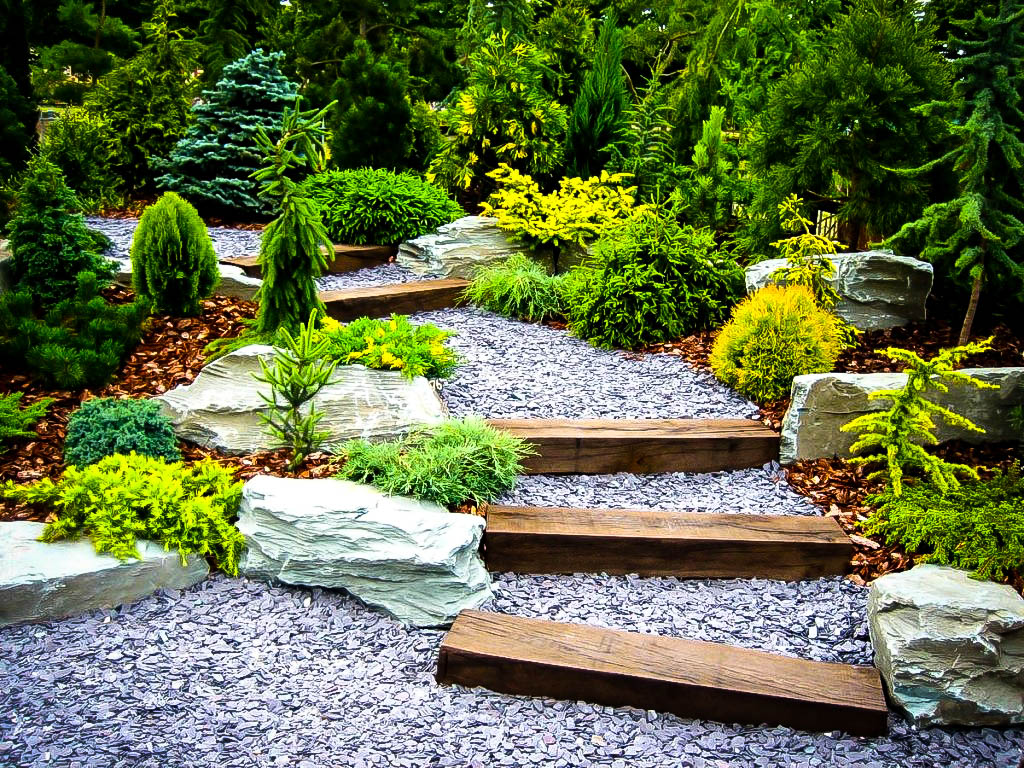 Plants For A Japanese Garden The Tree Center From thetreecenter.com
Plants For A Japanese Garden The Tree Center From thetreecenter.com
The former, also known as the asian or japanese persimmon, is commercially grown, with southern growers predominantly found in florida, though california reigns as the top national producer. There are many fruits you can grow in your home garden, even if you have limited space. Fruit trees and shrubs can live for many years if they receive proper sunlight, soil, and air circulation. Japanese black pine is native to coastal japan and grows 20 to 60 feet tall and 12 to 20 feet wide. The most common fruit trees for gardens are apple trees, pear trees, cherry trees, and plum trees. Many fruit trees also produce pretty blossom, and.
Use the resources below to determine what types of trees you are attracted to and how to work them into the design of your own garden.
Botanically speaking, species of fruit trees can. Fruit trees and shrubs can live for many years if they receive proper sunlight, soil, and air circulation. Evergreen tree varieties include giant timber bamboo (bambusa oldhamii), a clumping species that grows from 25. The plant was introduced to the west in about 1920. Use the resources below to determine what types of trees you are attracted to and how to work them into the design of your own garden. Great specimen tree or ideal as a shade tree that will add interest to any garden.
 Source: balconyofdreams.blogspot.com
Source: balconyofdreams.blogspot.com
Bees, butterflies and birds love them. The most common trees and plants found in japanese gardens are the azalea (tsutsuji), the camellia (tsubaki), the oak (kashiwa), the elm (nire), the japanese apricot (ume), cherry (sakura), maple (momiji), the willow (yanagi), the ginkgo (ichō), the japanese cypress (hinoki), the japanese cedar (sugi), pine (matsu), and bamboo (take). This tree will reach a height of 10m fully grown. The plant was introduced to the west in about 1920. Let the garlic mixture sit for a day.
 Source: pinterest.com
Source: pinterest.com
Many people don’t want to apply pesticides to fruits they will be eating, so here is another method to get rid of japanese beetles on your fruit trees. But before you plant, put some thought into which fruits grow best in your climate, as well as the placement of your garden. Bees, butterflies and birds love them. The material under the incredible edible brand is raised from trees with very palatable and sweet raisins. Let the garlic mixture sit for a day.
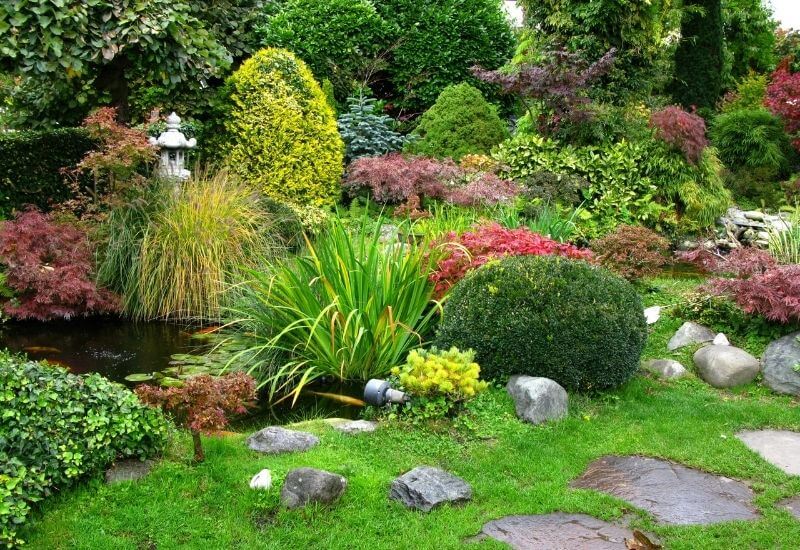 Source: gardeningchores.com
Source: gardeningchores.com
Japanese black pine (pinus thunbergii) and japanese white pine (pinus parviflora). Flowers and plants for japanese gardens. Evergreen tree varieties include giant timber bamboo (bambusa oldhamii), a clumping species that grows from 25. Plants for a japanese garden hedge include: Botanically speaking, species of fruit trees can.
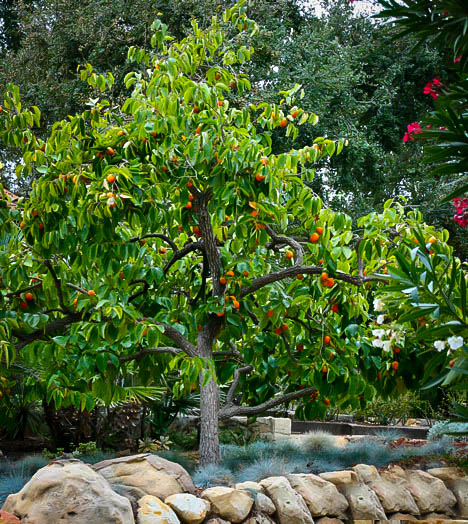 Source: tipidkorpolri.info
Source: tipidkorpolri.info
The most common trees and plants found in japanese gardens are the azalea (tsutsuji), the camellia (tsubaki), the oak (kashiwa), the elm (nire), the japanese apricot (ume), cherry (sakura), maple (momiji), the willow (yanagi), the ginkgo (ichō), the japanese cypress (hinoki), the japanese cedar (sugi), pine (matsu), and bamboo (take). Two kinds of japanese evergreen trees are common in cultivation: Popular trees amongst home gardeners include dogwoods, maples, cypresses, cherries, magnolias, birches, crape myrtles, and many more. Flowers and plants for japanese gardens. Quince can also be trained as a deciduous bonsai tree.
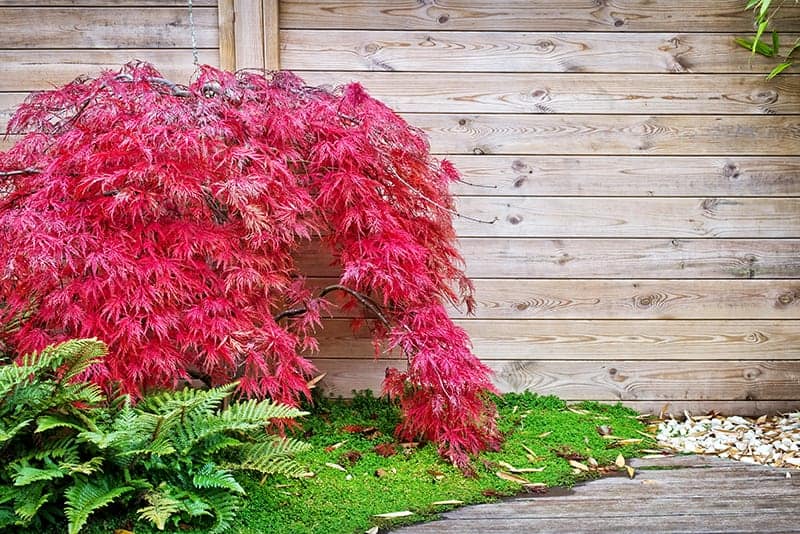 Source: trees.com
Source: trees.com
Bamboo is a common element in japanese gardens. Japanese black pine is native to coastal japan and grows 20 to 60 feet tall and 12 to 20 feet wide. From apples and plums to figs and oranges, many trees produce delicious fruits in summer and autumn. Prunus shogetsu japanese flowering cherry every ornamental cherry tree is lovable in its spring finery, but some, like this one, uplift the garden for an extra season. Quince can also be trained as a deciduous bonsai tree.

Two kinds of japanese evergreen trees are common in cultivation: Bees, butterflies and birds love them. Two kinds of japanese evergreen trees are common in cultivation: Popular trees amongst home gardeners include dogwoods, maples, cypresses, cherries, magnolias, birches, crape myrtles, and many more. Quince can also be trained as a deciduous bonsai tree.
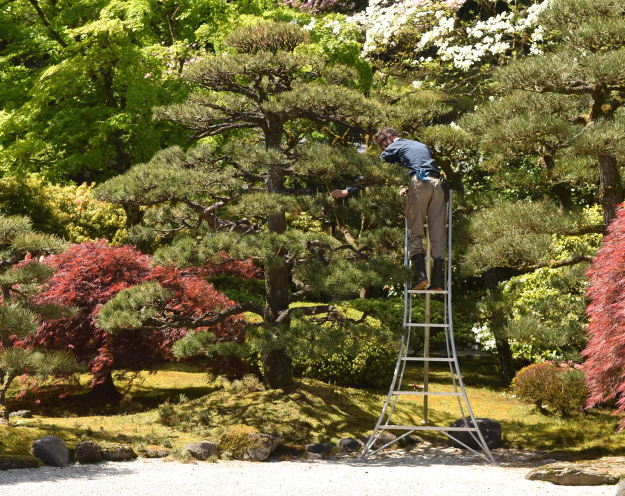 Source: amycampion.com
Source: amycampion.com
The fruit itself is colored in magnificent gradations of orange, white, and yellow. Botanically speaking, species of fruit trees can. There are many fruits you can grow in your home garden, even if you have limited space. Let the garlic mixture sit for a day. From apples and plums to figs and oranges, many trees produce delicious fruits in summer and autumn.
 Source: pinterest.com
Source: pinterest.com
There are several colorful japanese garden plants and flowers to choose from, in varying sizes and colors, and all wonderful ways to add color to the garden. Japanese black pine (pinus thunbergii) and japanese white pine (pinus parviflora). The most common trees and plants found in japanese gardens are the azalea (tsutsuji), the camellia (tsubaki), the oak (kashiwa), the elm (nire), the japanese apricot (ume), cherry (sakura), maple (momiji), the willow (yanagi), the ginkgo (ichō), the japanese cypress (hinoki), the japanese cedar (sugi), pine (matsu), and bamboo (take). Popular trees amongst home gardeners include dogwoods, maples, cypresses, cherries, magnolias, birches, crape myrtles, and many more. Many people don’t want to apply pesticides to fruits they will be eating, so here is another method to get rid of japanese beetles on your fruit trees.
 Source: realjapanesegardens.wordpress.com
Source: realjapanesegardens.wordpress.com
There are several colorful japanese garden plants and flowers to choose from, in varying sizes and colors, and all wonderful ways to add color to the garden. Evergreen tree varieties include giant timber bamboo (bambusa oldhamii), a clumping species that grows from 25. There are many fruits you can grow in your home garden, even if you have limited space. From apples and plums to figs and oranges, many trees produce delicious fruits in summer and autumn. Let the garlic mixture sit for a day.
 Source: costafarms.com
Source: costafarms.com
The most common trees and plants found in japanese gardens are the azalea (tsutsuji), the camellia (tsubaki), the oak (kashiwa), the elm (nire), the japanese apricot (ume), cherry (sakura), maple (momiji), the willow (yanagi), the ginkgo (ichō), the japanese cypress (hinoki), the japanese cedar (sugi), pine (matsu), and bamboo (take). Fruit trees and shrubs can live for many years if they receive proper sunlight, soil, and air circulation. Two kinds of japanese evergreen trees are common in cultivation: The fruit itself is colored in magnificent gradations of orange, white, and yellow. Evergreen tree varieties include giant timber bamboo (bambusa oldhamii), a clumping species that grows from 25.
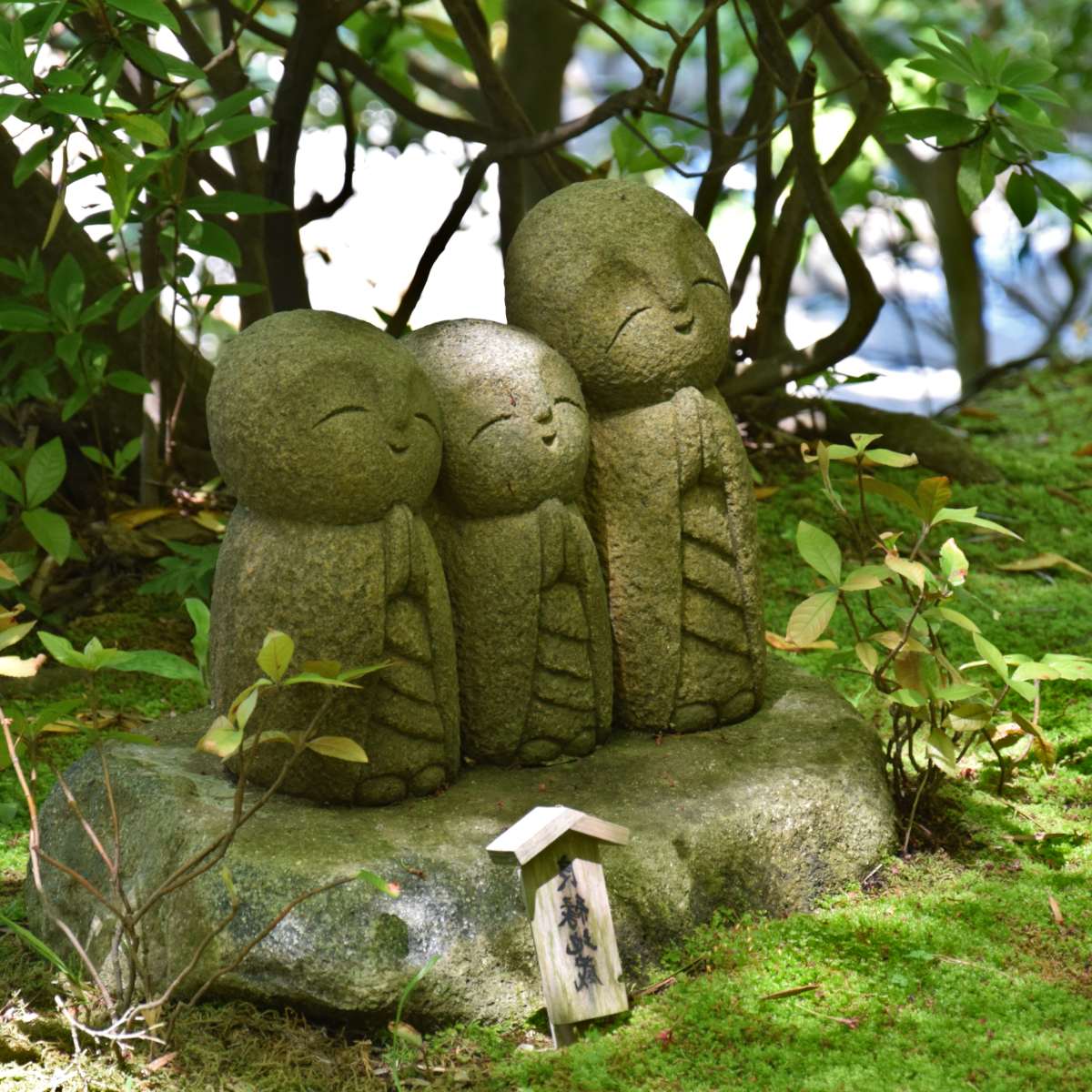 Source: nature-and-garden.com
Source: nature-and-garden.com
Bees, butterflies and birds love them. The former, also known as the asian or japanese persimmon, is commercially grown, with southern growers predominantly found in florida, though california reigns as the top national producer. Evergreen tree varieties include giant timber bamboo (bambusa oldhamii), a clumping species that grows from 25. Let the garlic mixture sit for a day. Plum trees are often grown for either flowers or fruit.
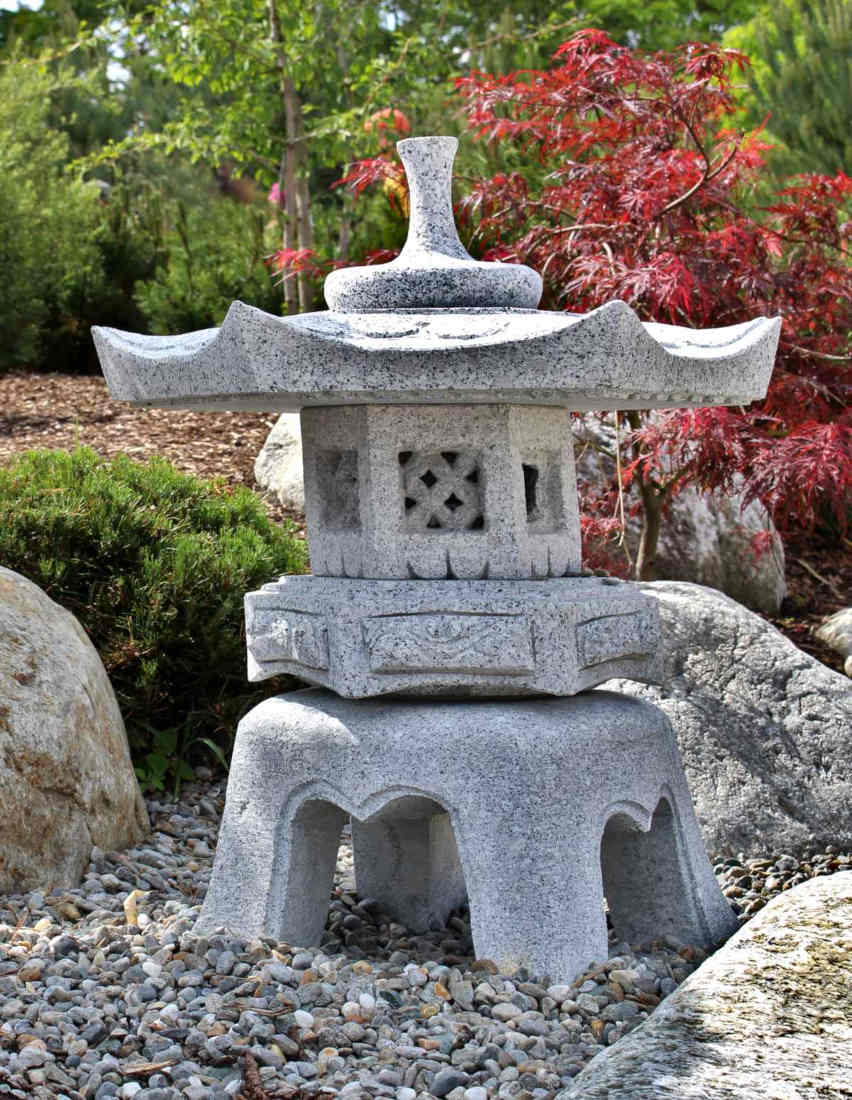 Source: nature-and-garden.com
Source: nature-and-garden.com
Actually you eat the swollen stalks that the fruit grows on. Evergreen tree varieties include giant timber bamboo (bambusa oldhamii), a clumping species that grows from 25. Popular trees amongst home gardeners include dogwoods, maples, cypresses, cherries, magnolias, birches, crape myrtles, and many more. This tree will reach a height of 10m fully grown. Japanese black pine (pinus thunbergii) and japanese white pine (pinus parviflora).
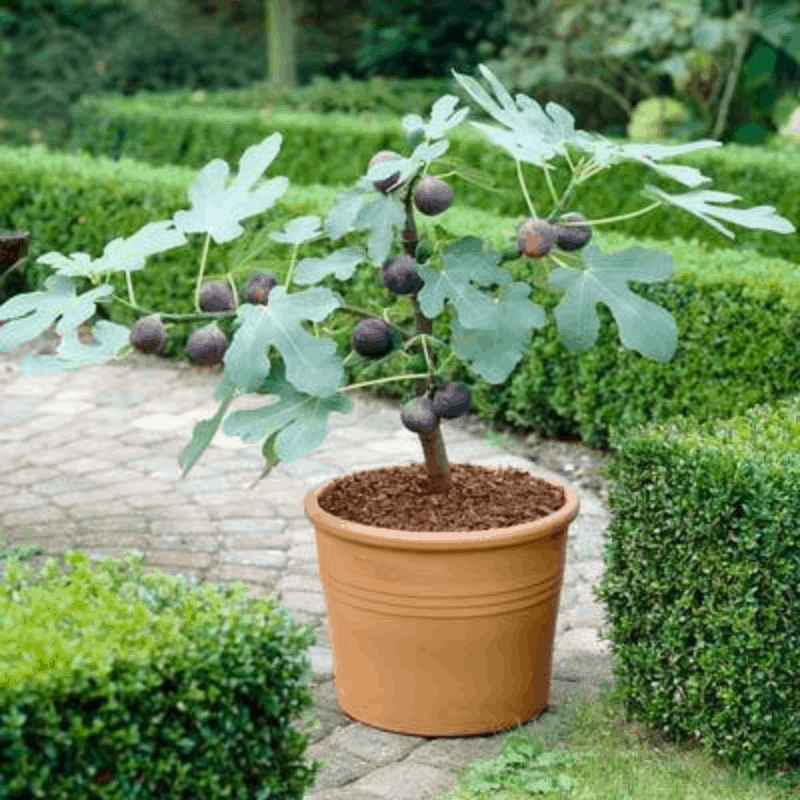 Source: homegardenandhomestead.com
Source: homegardenandhomestead.com
Actually you eat the swollen stalks that the fruit grows on. But before you plant, put some thought into which fruits grow best in your climate, as well as the placement of your garden. Quince can also be trained as a deciduous bonsai tree. Let the garlic mixture sit for a day. Compact forms are usually available, making them suitable for even the smallest gardens.
 Source: realjapanesegardens.wordpress.com
Source: realjapanesegardens.wordpress.com
From apples and plums to figs and oranges, many trees produce delicious fruits in summer and autumn. The most common fruit trees for gardens are apple trees, pear trees, cherry trees, and plum trees. Many fruit trees also produce pretty blossom, and. There are many fruits you can grow in your home garden, even if you have limited space. Plants for a japanese garden hedge include:
 Source: thetreecenter.com
Source: thetreecenter.com
The most common trees and plants found in japanese gardens are the azalea (tsutsuji), the camellia (tsubaki), the oak (kashiwa), the elm (nire), the japanese apricot (ume), cherry (sakura), maple (momiji), the willow (yanagi), the ginkgo (ichō), the japanese cypress (hinoki), the japanese cedar (sugi), pine (matsu), and bamboo (take). The former, also known as the asian or japanese persimmon, is commercially grown, with southern growers predominantly found in florida, though california reigns as the top national producer. Glossy foliage and elegant flowers. The plant was introduced to the west in about 1920. The most common fruit trees for gardens are apple trees, pear trees, cherry trees, and plum trees.
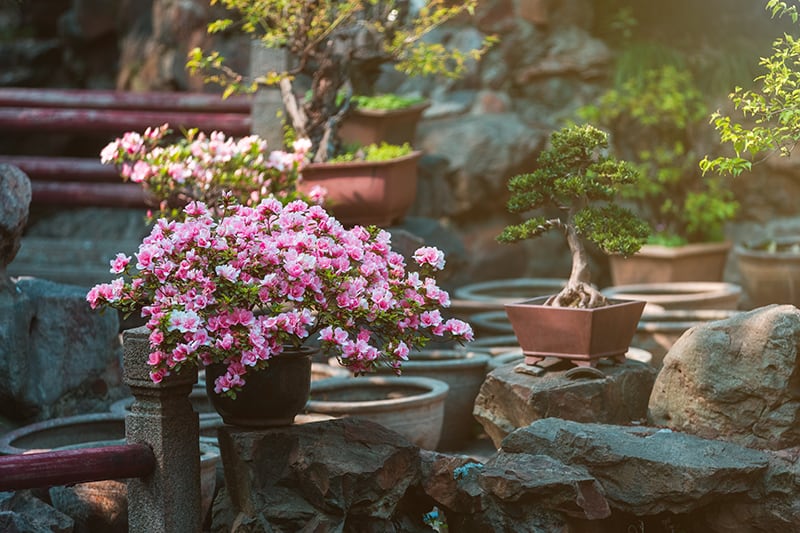 Source: trees.com
Source: trees.com
Quince can also be trained as a deciduous bonsai tree. Japanese maples are a specialty of the nursery, and continue to be available in a range of varieties and prices. Bees, butterflies and birds love them. There are several colorful japanese garden plants and flowers to choose from, in varying sizes and colors, and all wonderful ways to add color to the garden. Bamboo is a common element in japanese gardens.
 Source: ornamental-trees.co.uk
Source: ornamental-trees.co.uk
Bamboo is a common element in japanese gardens. The material under the incredible edible brand is raised from trees with very palatable and sweet raisins. There are many varieties of maples growing in the japanese garden (over 100 varieties) and the leave size, shape and colour comes in all sorts of forms making it one of the most beautiful and fascinating species of tree. Glossy foliage and elegant flowers. Quince can also be trained as a deciduous bonsai tree.
 Source: thetreecenter.com
Source: thetreecenter.com
There are many fruits you can grow in your home garden, even if you have limited space. There are many fruits you can grow in your home garden, even if you have limited space. The most common fruit trees for gardens are apple trees, pear trees, cherry trees, and plum trees. There are many varieties of maples growing in the japanese garden (over 100 varieties) and the leave size, shape and colour comes in all sorts of forms making it one of the most beautiful and fascinating species of tree. Great specimen tree or ideal as a shade tree that will add interest to any garden.
This site is an open community for users to share their favorite wallpapers on the internet, all images or pictures in this website are for personal wallpaper use only, it is stricly prohibited to use this wallpaper for commercial purposes, if you are the author and find this image is shared without your permission, please kindly raise a DMCA report to Us.
If you find this site adventageous, please support us by sharing this posts to your preference social media accounts like Facebook, Instagram and so on or you can also bookmark this blog page with the title japanese garden fruit trees by using Ctrl + D for devices a laptop with a Windows operating system or Command + D for laptops with an Apple operating system. If you use a smartphone, you can also use the drawer menu of the browser you are using. Whether it’s a Windows, Mac, iOS or Android operating system, you will still be able to bookmark this website.






